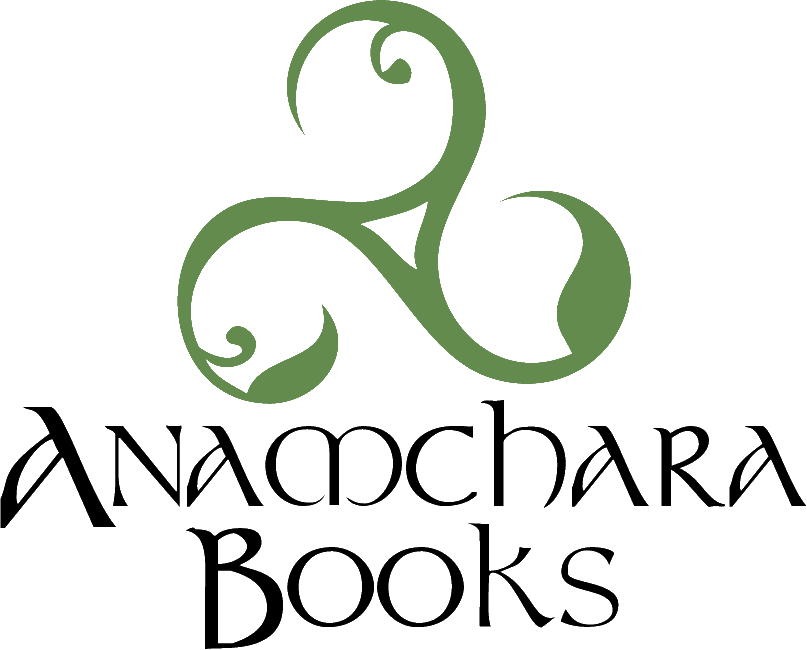A Three-Eyed Perspective by Ellyn Sanna
/As we work on The Celtic Study Bible (the next installment, Matthew, is due to be released on Kindle on October 15), I find myself thinking a lot about how the Celts viewed reading. In Reading the Bible the Celtic Way: The Peacock’s Tail Feathers, Ken McIntosh says:
We can divide Celtic Bible interpretation into three broad categories, or methods of interpretation—reading in three dimensions, as it were, with each dimension revealing different shades of meaning, all part of the same iridescent fan of light and truth. . . . It seems to me that each of the three dimensions can be likened to an aspect of the peacock’s plumage.
As I continue to read The Didascalicon of Hugh of Saint Victor, the twelfth-century “textbook” on reading and the arts, I’ve run into another image that reminds me of the peacock tail’s many “eyes.” For people like Hugh of Saint Victor and the Celtic Eriugena, reading was not purely an intellectual activity, but rather a means by which they united what was sometimes, in medieval days, referred to as the “three eyes” that humanity was created to use: the eye of the physical world, capable of perceiving all that is revealed by visual light; the eye of the mind, with which we perceive our own selves, using the light of reason; and the eye of the soul or spirit, which uses the light of “contemplation” to see Divine meaning in both the outer physical world and our own inner selves.
Medieval scholars believed that our three-eyed vision was a normal, healthy way of seeing, rather than some esoteric method of perception—but that it has become bleared and cloudy. For them, the act of reading (whether reading Scripture, other writings, the “book of Nature,” or the “book of human life”), was a discipline to clear our vision, to bring the three-perspectives back together into a single view of reality.
The belief in three-eye seeing is not unique to the Celtic and European medieval monastics. Hinduism and Taoism speak of the third eye and encourage disciplines to practice its use. Various New Age practitioners have incorporated the concept of a third eye into their belief systems. Some scientists even say that we have an actual third eye buried in our brain, the pineal gland.
Father Richard Rohr relates the same concept to mysticism. In The Naked Now, he writes:
“Third-eye seeing is the way the mystics see. They do not reject the first eye (thought or sight); the senses matter to them, but they know there is more. Nor do they reject the second eye (the eye of reason, meditation, and reflection); but they know not to confuse knowledge with depth or mere correct information with the transformation of consciousness itself. The mystical gaze builds upon the first two eyes—and yet goes further. This is third-eye seeing.”
Personally, as I think about the way I live my life (and the way in which I think about my life), I find all these ideas fascinating. But for me, the medieval monastic scholars point me toward a very practical and active perspective, one that calls me to look at reading in a new way.
Reading is one of my favorite activities in the world. I’ve seldom thought of it, though, in the way in which the Celtic Eriugena and his European brothers did—as a way to engage with reality (of all kinds, not just the sort found on a written page), a way that unites all my faculties into a single experience. In learning to read at this level, I no longer experience myself as a physical body separate from a thinking mind, both of which are divided from a deeper Self. And by the same token, “mysticism”—some form of direct contact with the Divine—is not some otherworldly experience I can only hope to achieve in intense moments of altered awareness. Instead, it’s within my reach on a daily basis, as I learn to read, in the Celtic, medieval sense of reading.
To paraphrase Robert Frost,
But yield who will to their separation,
my object in living is to unite
body, mind, and spirit,
as my three eyes make one in sight.
Ellyn Sanna is Executive Editor of Anamchara Books and author of numerous books on spirituality includingAll Shall Be Well: A Modern-Language Version of the Revelation of Julian of Norwich.



